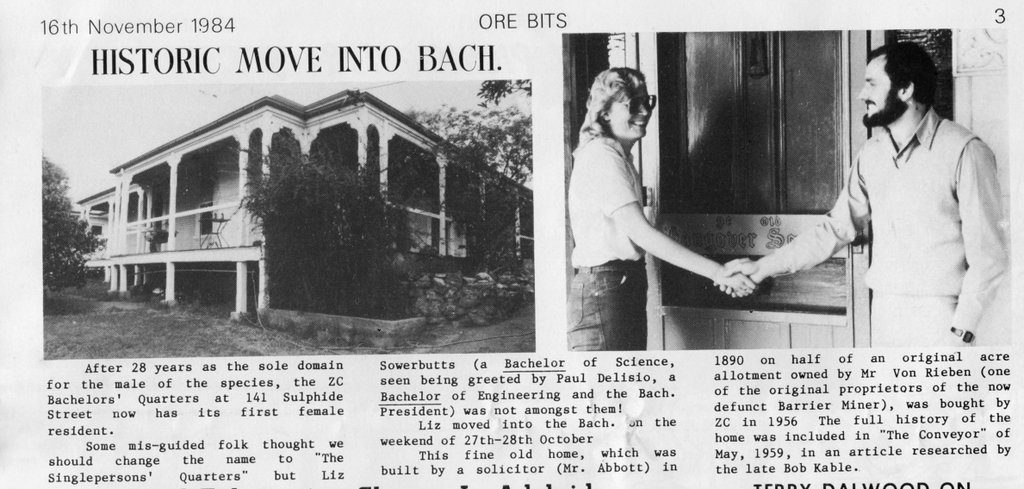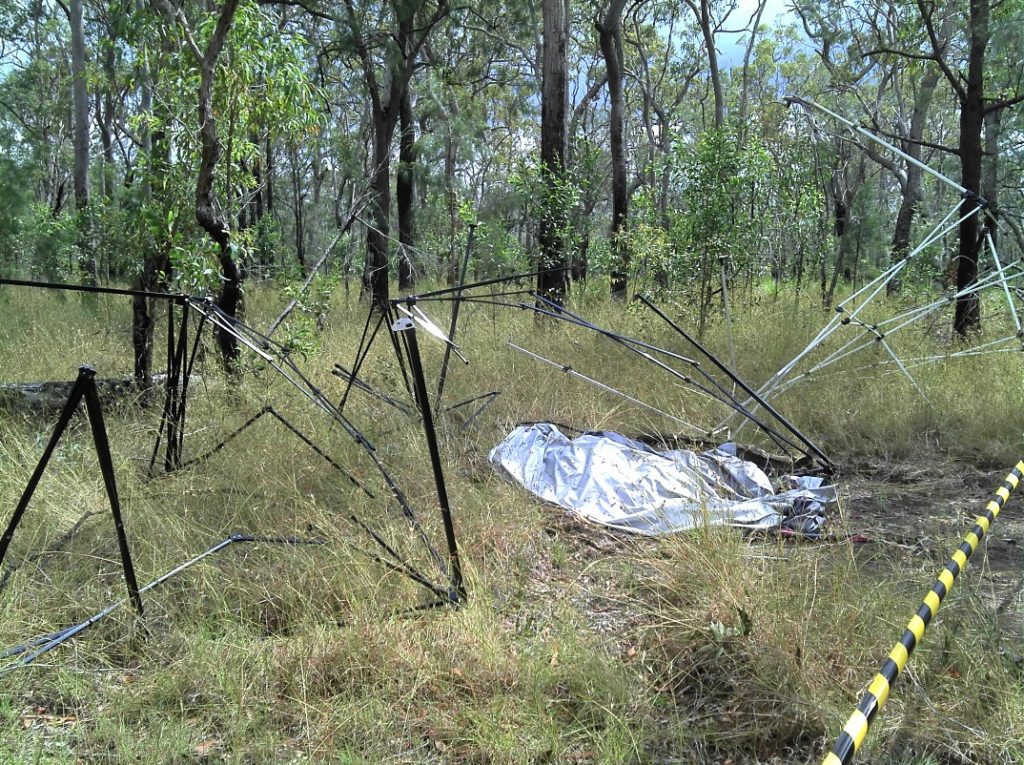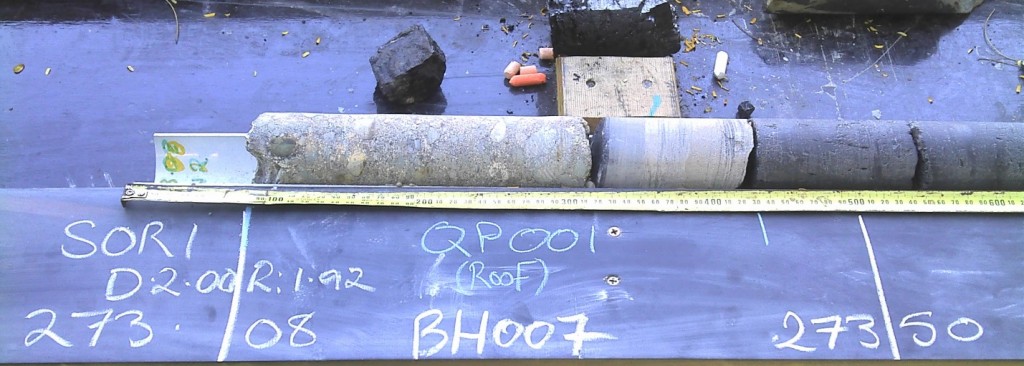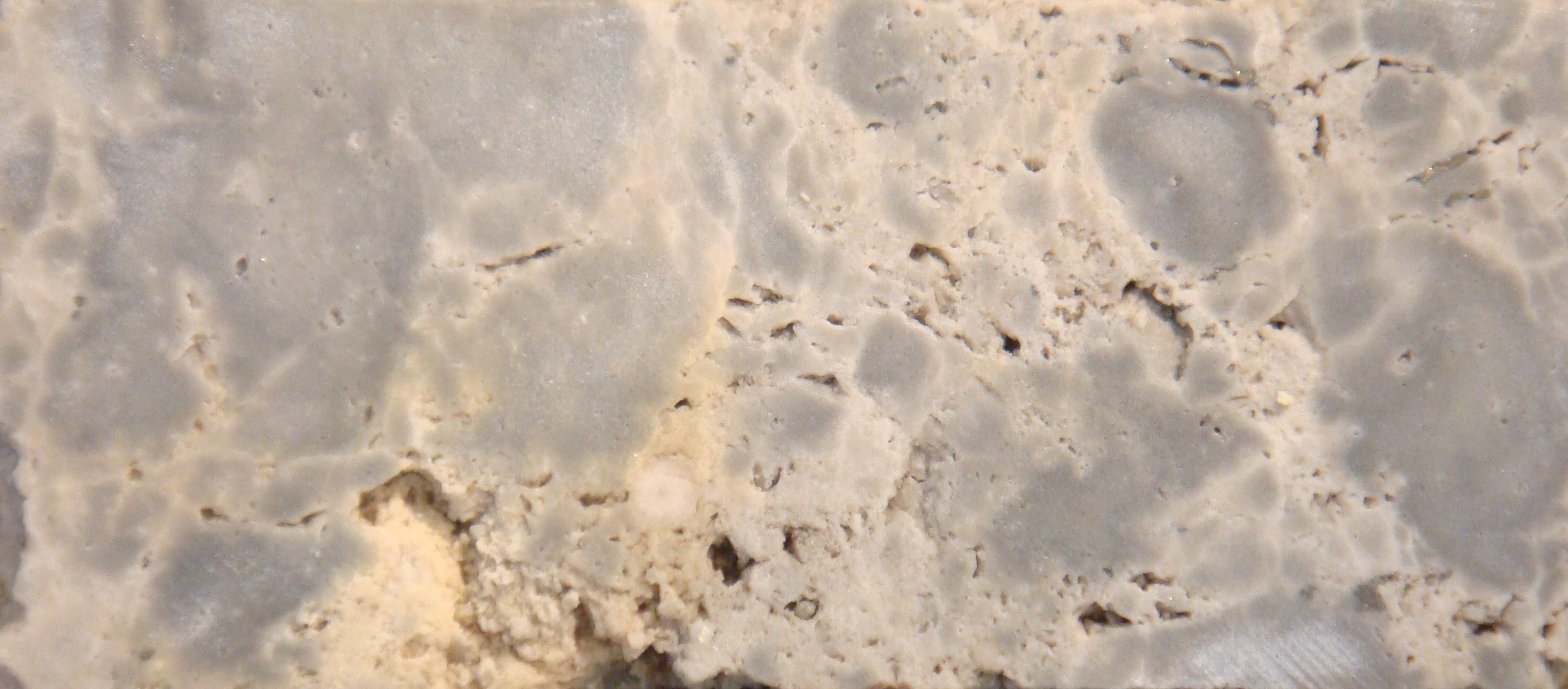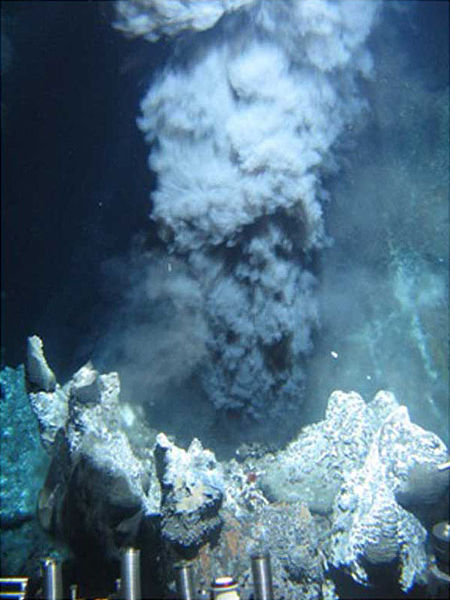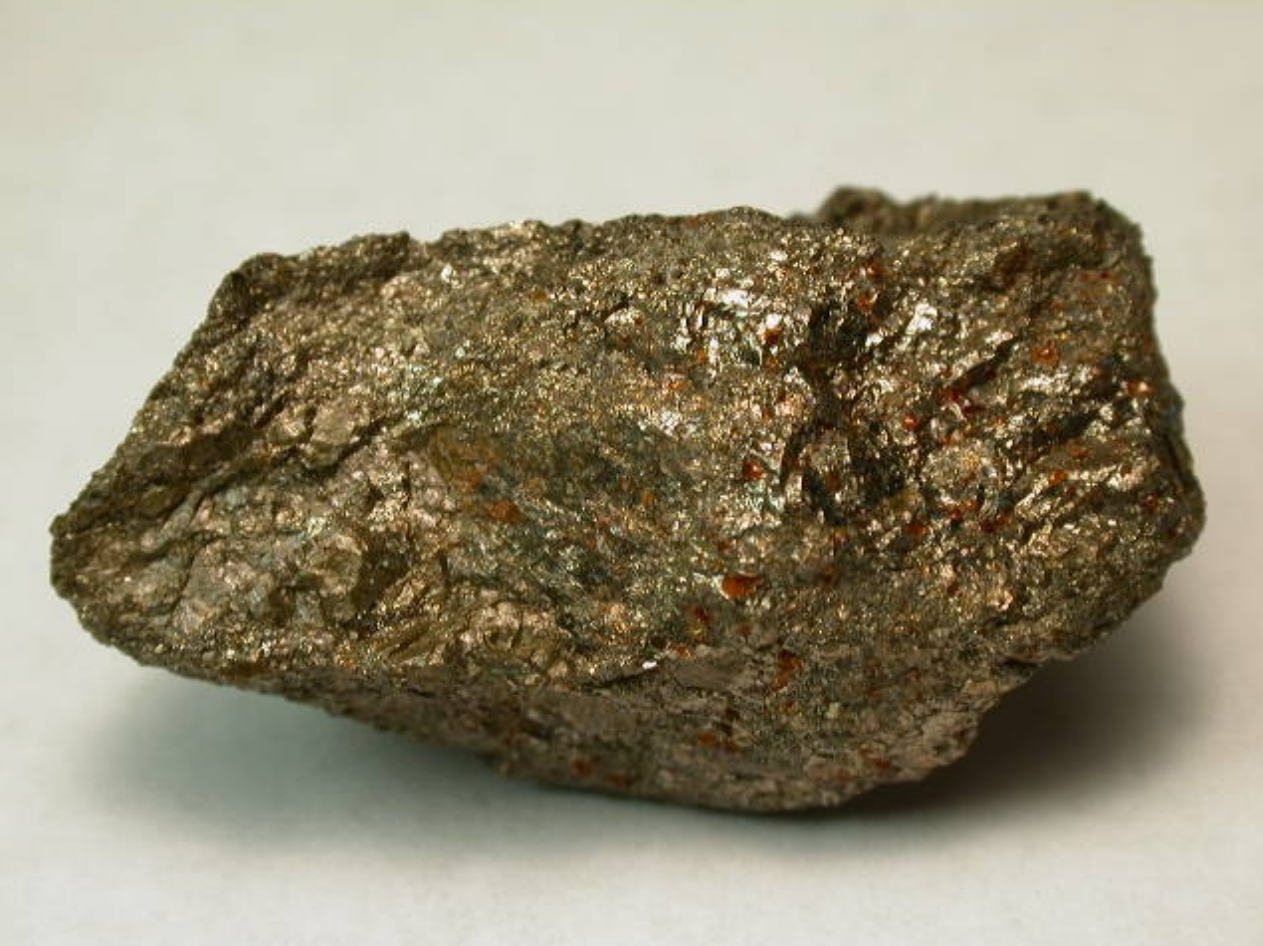A vast array of hazards exists in the world of mining. Heavy equipment, long working hours and difficult working conditions, and personnel with varying skill and educational levels are commonplace. Underground mine risks include ventilation challenges and structural safety. In surface mines, safety risks are also easily identifiable, and include landslides and flooding.
The cause of most accidents in mining involves the more mundane reality of operating large pieces of machinery in often confined spaces.
Many people are surprised to learn that the materials being mined can themselves be hazardous for mining operations of all types.
Dangerous Materials
Many people are surprised to learn that the materials being mined can themselves be hazardous for mining operations of all types. Hard rock, coal, oil and petroleum, and natural gas all have specific hazards relating to the individual resource. In addition, there are hazards that are unique to the mining method employed in the mining operation.
Coal and oil and gas extraction have specific risks because of the explosive gases that are involved. Coal mines, in particularly, are vulnerable to explosions and fires if ventilation is not good. Mining radioactive ores in the pursuit of uranium and rare-earth elements has its own issues.
Safety Procedures & Culture
When I studied in Australia, the focal point of the coursework and tests was safety. Australia has some of the highest and most progressive safety standards for mining anywhere in the world. Less developed countries and their miners are often less fortunate.
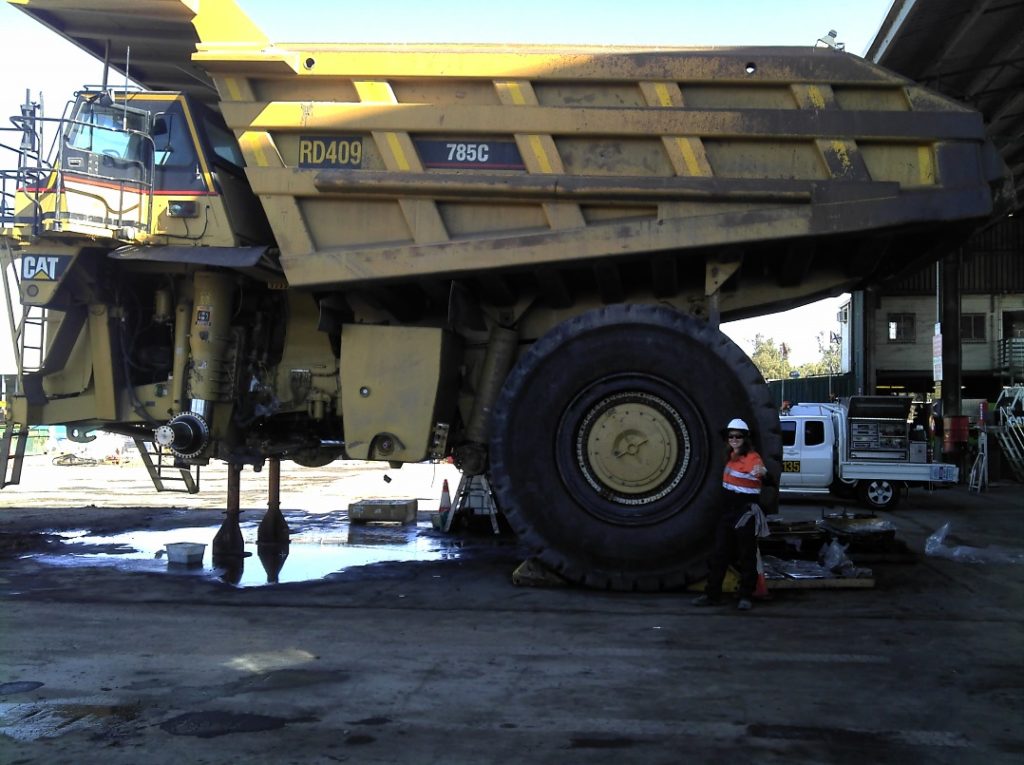
Geologists are not the only mine personnel required to learn about the hazardous nature of mining jobs; any visitors wishing to have access to a mine site must undergo formal safety inductions (as they are called in Australia) that include discussion of the dangers specific to that site, in addition to general mine safety procedures. Full-time mine employees in all positions must successfully pass safety training and certification, and then must keep that certification updated on a regular basis. Basic safety clothing and equipment including hard-hats, steel-capped boots, safety glasses and self-rescuers (for underground visits), are compulsory.
While dramatic mine collapses often make the news due to the universal terror of being buried beneath tons of rock, some of the deadliest hazards on mine sites come from the more mundane
Mine personnel have been killed by exploding tires on some of the larger haul and dump trucks, in motor vehicle accidents, in falls over the edge of open pits, and by accidents with heavy machinery.
The majority of accidents on mine sites are, on investigation, are deemed preventable. The causes of the accidents can all too often be chalked up to human error in equipment or tool maintenance, safety procedure, task planning, or mistakes in assessing personal suitability for a given job.
Who Has The Best Safety Record?
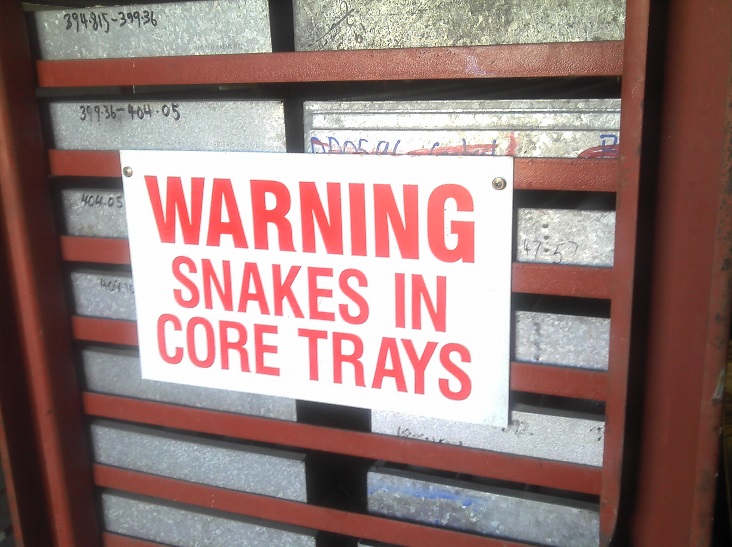
Many of the larger mining companies are well known for their stringent safety requirements. My experience working in Queensland, Australia came after mining companies had undergone years of scrutiny for their safety records. I found that the larger global companies paid the most attention to safety issues, and provided more training and robust safety procedures, compared to the smaller, regional companies. In spite of the higher safety standards, while I was working on a large company site we had a safety incident that resulted in a fractured jaw and concussion, and others that resulted in lost digits and heat exhaustion. All of these incidents were found to have been preventable, and the incident with the fractured jaw and concussion seems to have been the easiest to avoid.
Humans, The Weakest Link in Safety
The victim of this incident was a geophysical logger, whose job it is to record the geophysical properties down a diamond drill hole after the drilling team has finished work. Loggers often work alone after the drill crew has left the site. Geophysical logging uses probes suspended from cables at the top of the borehole, and involves a variety of tools that record different aspects of the rock inside the borehole. The logger must position his truck next to the borehole and then lower the probes into it. As these boreholes can be hundreds of meters deep, a standard safety procedure is for holes to be capped before the crew finishes work. These caps prevent wildlife, livestock, or people from stepping into an open borehole and being injured or killed.
On mine sites where potentially explosive gases exist, the person placing the cap on the borehole must ensure that there is a pressure-relief hole in the cap, to prevent pressure build-up from escaping cases. Some caps come with pre-drilled holes, while others need a hole drilled before use.. This simple action can take to keep the geophysical logger safe. When a borehole is drilled, the space created is a destination for gases that were previously trapped in the surrounding rock. Many different rocks are capable of releasing gases, and if these newly freed gases are trapped under a borehole cap, pressure quickly builds up inside the borehole.
In this incident, the geophysical logger approached the borehole and knelt to remove the borehole cap. He did not realize that the cap did not have a pressure-release hole, due to a simple oversight on the part of a busy drill crew. As he pried the cap off the drill hole, the pressurized gases rushed to the surface and caused the cap to rocket into the air. The solid PVC cap hit the logger squarely, causing a broken jaw and concussion. The logger was knocked unconscious, but was found soon after and taken to medical care. In this case, the victim was very fortunate that his injuries weren’t even more severe, and the true lesson comes from the realization that, as with most mining accidents, this incident was entirely preventable.

